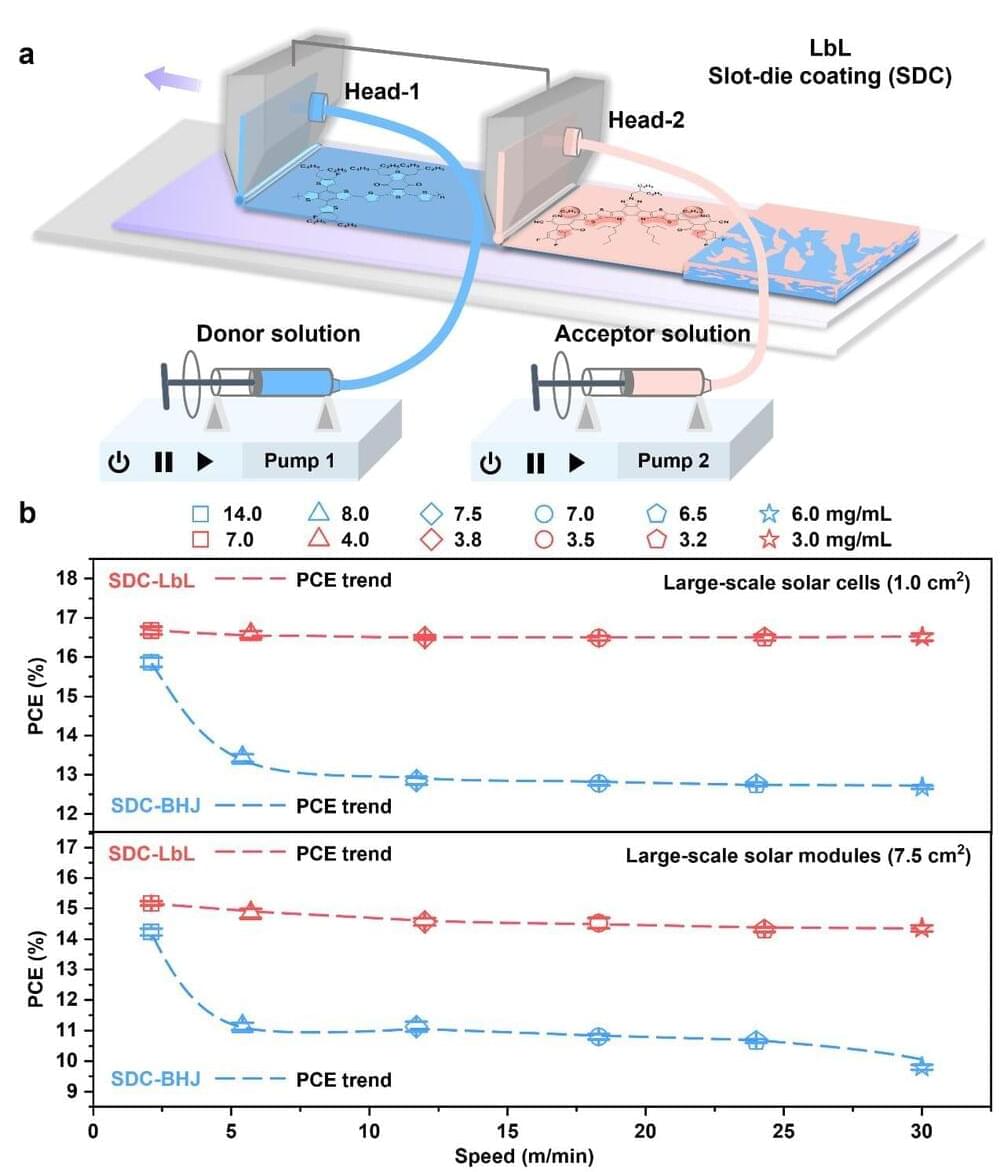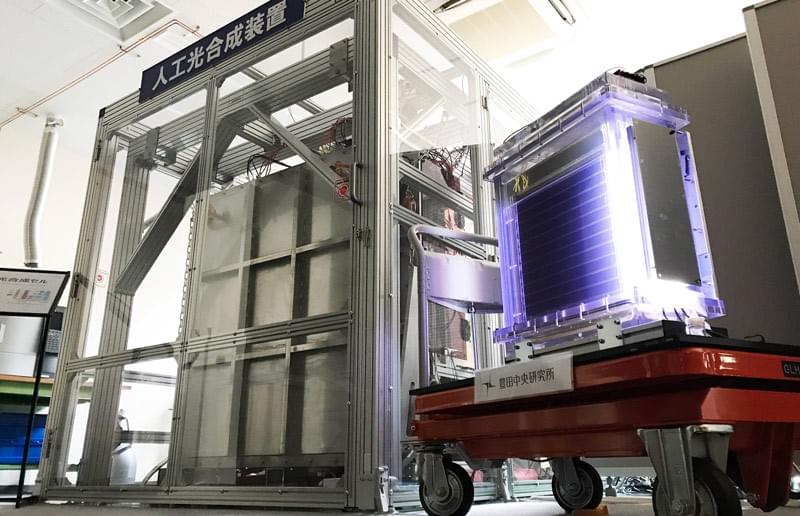For the past two centuries, humans have relied on fossil fuels for concentrated energy; hundreds of millions of years of photosynthesis packed into a convenient, energy-dense substance. But that supply is finite, and fossil fuel consumption has tremendous negative impact on Earth’s climate.
“The biggest challenge many people don’t realize is that even nature has no solution for the amount of energy we use,” said University of Chicago chemist Wenbin Lin. Not even photosynthesis is that good, he said: “We will have to do better than nature, and that’s scary.”
One possible option scientists are exploring is “artificial photosynthesis”—reworking a plant’s system to make our own kinds of fuels. However, the chemical equipment in a single leaf is incredibly complex, and not so easy to turn to our own purposes.








